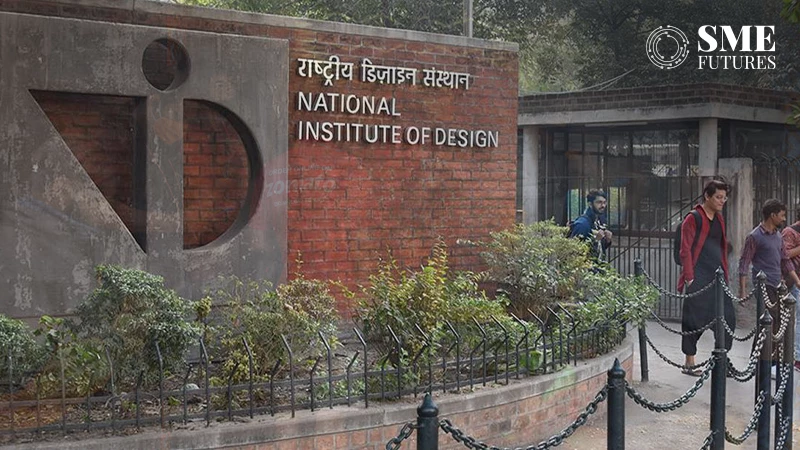Educational institutes market: Riding on higher enrollments, which allows for upward fee revisions, and students scouting for new course offerings, schools and colleges are expected to report 12-14 per cent revenue growth this fiscal, according to a report. The growth will be despite the high base following three consecutive years of high-teenage growth.
Improved enrollments and better utilisation of assets should cover increasing salary costs for faculty and other ancillary expenses for new courses and, thereby, aid in maintaining the operating margin at around 28 per cent, revealed the report by rating agency CRISIL.
In addition, as existing courses and seats remain highly utilised, educational institutes will continue to make capital expenditures (capex) to improve infrastructure and enhance intake capacities. However, strong cash flow (from higher revenue and timely realisation of fees) limits reliance on debt for capex and supports the credit risk profile.
This was also seen in an analysis of 96 educational institutes rated by CRISIL Ratings, accounting for almost Rs 20,000 crore fee income.
The report showed that enrollments for the educational institutes in the K-12 segment, largely schools, will continue to rise due to — rising demand for high-quality education and improved affordability as income levels rise.
This comes as the government aims to increase the gross enrollment ratio for higher education to 50 per cent by 2035, from under 30 per cent currently, by promoting new institutions while expanding and improving current institutions and increasing penetration among the addressable population.
Even as intake capacity increases, utilisation rates for schools and higher-education institutes may improve to 86-87 per cent by this fiscal from 85 per cent last fiscal.
“Occupancies in Computer Science courses in engineering colleges remained healthy in fiscal 2024 despite subdued placements. Moreover, new courses on Artificial Intelligence, Data Science, and Machine Learning were in high demand. Occupancies in these courses will be further boosted by better hiring signals for fiscal 2025,” said Himank Sharma, Director, CRISIL Ratings.
“Medical colleges and schools, too, continue to register high enrollments, driving fee income growth. Hence, educational institutes have the flexibility to undertake periodic fee revisions, which will result in fee income being higher by 12-14 per cent in the current fiscal,” he added.
Despite the increase in fee base, the working capital requirement will remain minimal as fee receivables have been controlled at 45-50 days over the past few fiscals. Further, gearing and interest coverage ratios will improve to around 0.41 times and 7.0 times, respectively, this fiscal, as against 0.46 times and 6.2 times last fiscal, the report said.











